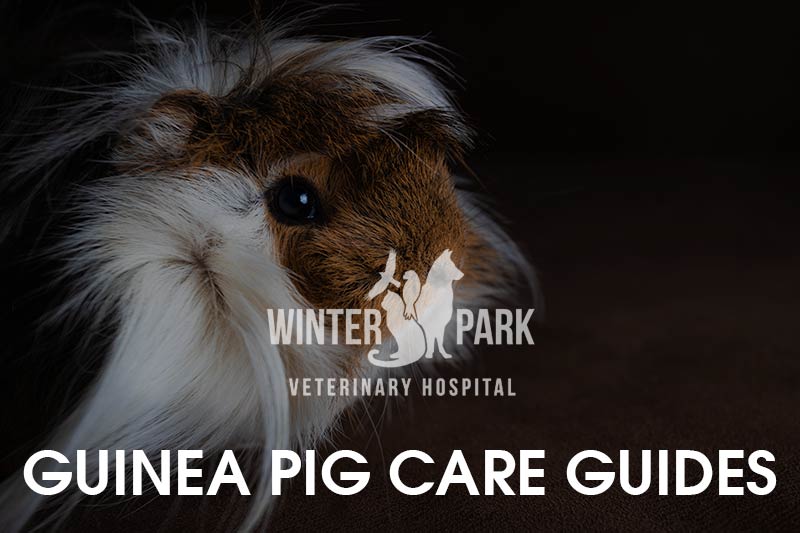Rabbit Eye Information
Download Rabbit Care Guide – PDF
Animal Eye Associates, P.A.
Created for Orlando Rabbit Care and Adoption Annual Meeting: February 22, 2015
UNIQUE FEATURES OF THE RABBIT EYE
The nasolacrimal (tear) duct drains tears from the eyes down to the nose. Unlike most other animals that have openings of the nasolacrimal duct in both the upper and lower eyelids, rabbits only have one opening in the lower eyelid. Also the duct has a narrow, twisting passage through the facial bones, passing close to the molar and incisor tooth roots. Therefore, it can be affected or obstructed by dental disease.
Another important feature of the rabbit eye anatomy is a collection of blood vessels located behind the eye called the retrobulbar venous plexus. Because of this structure, disease in the neck or chest can cause the rabbit eye to be pushed forward (exophthalmos).
THINGS TO WATCH FOR THAT COULD INDICATE RABBIT EYE DISEASE
- Redness on or around the eye.
- Squinting of the eye (this can be a sign of discomfort in rabbits).
- Bulging of the eye (forward protrusion or enlargement of the eye).
- Increased discharge around the eyes (particularly if it is yellow or green is coloration).
- Cloudy appearances or any changes to the color of the eye.
- Changes to vision.
WHEN SHOULD YOUR RABBIT GET AN EYE EXAM?
Your primary veterinarian will evaluate your rabbit’s eyes at the time of their physical exam. If there is any concern with the appearance of the eyes, they may start medications and/or recommend that you contact our office. As board-certified veterinary ophthalmologists, we are trained to evaluate and treat the eyes of various species and enjoy working with rabbits. After each visit, we send our report to your primary veterinarian so that together we can provide the best treatment for your rabbit.








